Sisquoc Trail Upper - Los Padres National Forest
Trail Distance 11.06 Miles
The Upper Sisquoc Trail is located in the San Rafael Winderness and extends from South Fork Camp to Alamar Saddle and Alamar Saddle Camp.
This trail follows back and forth across the Sisquoc River from the junction with Horse Gulch, below the Manzana School House, up to its head at Alamar Saddle on the north side of Big Pine Mountain. The Sisquoc River flows through the Sisquoc Ranch and finally joins the Cuyama River to become the Santa Maria River which empties into the Pacific Ocean southwest of Guadalupe.
About the Sisqouc River or Arroyo De Siquico
The Sisquoc River is a westward flowing river in northeastern Santa Barbara County, California. It is a tributary of the Santa Maria River, which is formed when the Sisquoc River meets the Cuyama River at the Santa Barbara County and San Luis Obispo County border just north of Garey. The river is 57.4 miles (92.4 km) long and originates on the north slopes of Big Pine Mountain, at approximately 6,320 feet (1,930 m). Big Pine Mountain is part of the San Rafael Mountains, which are part of the Transverse Ranges.
Sisquoc" is a Chumash word meaning "quail". The river is shown on an 1846 diseño of the Rancho Cuyama grant as Arroyo de Siquico.
The Sierra Madre Mountains form the watershed's boundary to the north, while the San Rafael Mountains form the southern boundary. The first half of the river, in the Los Padres National Forest, specifically the San Rafael Wilderness, travels roughly northwest. Outside of the National Forest, the river flows roughly west to its confluence with the Cuyama River, about 20 miles upstream from the Pacific Ocean. The river is completely free flowing and does not have any diversions. Its sole dam is a 3-meter dam on Horse Canyon, one of its tributaries, but it is filled with sediment and causes little restriction to the river's overall flow. It is designated as a wild and scenic river in the National Wild and Scenic Rivers System.
The watershed has a Mediterranean climate and chaparral vegetation. Annual precipitation in the watershed varies from 13 to 38 inches, 95% of which falls between November and April. This means that the river is dry part of the year, as there are no reservoirs to store water. The lack of rain also causes the vegetation to get very dry and the fire hazard can be very high during the summer.
Ecology

Stringer of Steelhead Trout on Upper Sisquoc River in 1916
Southern Steelhead trout (Oncorhynchus mykiss) are thought to represent about 1% of the historic population and most of the Santa Maria River run is thought to have continued up the Sisquoc River to spawn. Major dams on the Santa Ynez, Ventura, and Santa Clara Rivers prevent steelhead from accessing hundreds of miles of habitat and have drastically reduced the steelhead runs. The construction of Twitchell Dam on the Cuyama River in the late 1950s blocked at least 264 miles of stream and more than 60% of the Santa Maria River watershed and tributary habitat found upstream. This makes the Sisquoc River, which remains undammed, an important stream for surviving southern steelhead populations. Removal of dams on Sisquoc River tributaries expands the potential for restoration of steelhead. One tributary, Horse Creek (Horse Canyon), was dammed in 1968 and the 4.5 foot high, 60 foot wide dam eventually created a scour pool, increasing the drop to over 8 feet and creating an impassable barrier to spawning steelhead. The dam had completely silted in and no longer served to restrain sediment flows so was dynamited in 2006, and its sediment naturally eroded by 2011. A beaver dam created a large pool at the confluence of Horse Creek and the Sisquoc River and abundant steelhead trout were noted in a snorkel survey by fish biologist Matt Stoecker, including three fish 9 to 14 inches in size. The discovery of a male adult California Golden beaver (Castor canadensis subauratus) specimen collected as "wild caught" in 1906 "along the Sespe River in Ventura County" is physical evidence that Golden beaver were historically extant in coastal streams in southern California. The Sisquoc River used to receive steelhead running up from the Pacific Ocean via the Santa Maria River, but water removed by Twitchell Reservoir has interrupted the connection.
Trail Details
- Trail #: 30W12
- Wilderness Area: San Rafael
- County: Santa Barbara County
- Ranger District: Santa Lucia Ranger District
- Trail-head Latitude: 34.70567
- Trail-head Longitude: -119.62783
- Water Sources: Water is available from Sisquoc River.
- Trail Condition: Kind of Good - Little to no bushwacking and easily followable
- Topo Maps:
Activities & Features: - Backpacking
- Creek
- Day Hiking
- Horseback Riding
- Panoramic Views
- River
- Swimming
- Waterfall
- Wildlife Viewing
- Wilderness Camping
Trail Stats
- Total Elevation Gain: + 4388 feet.
- Total Elevation Loss: - 1210 feet.
- Overall Average Slope Gain: + 8 %.
- Overall Average Slope Loss: - 6 %.
- Kilometers: (km)
- Meters: (m)
- Miles: (mi)
- Feet: (ft)
- Average Slope: (%)
Trail Camps
- South Fork Camp
- Mansfield Camp
- Cottonwood Camp
- Heath Camp
- Lower Bear Camp
- Falls Camp
- Upper Bear Camp
Survey Photos:
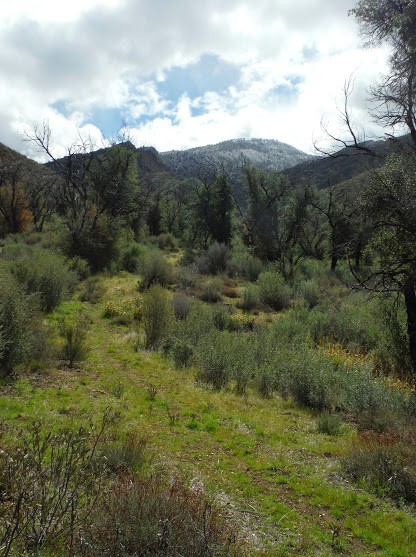
Los Padres Forest Association - 03-02-2015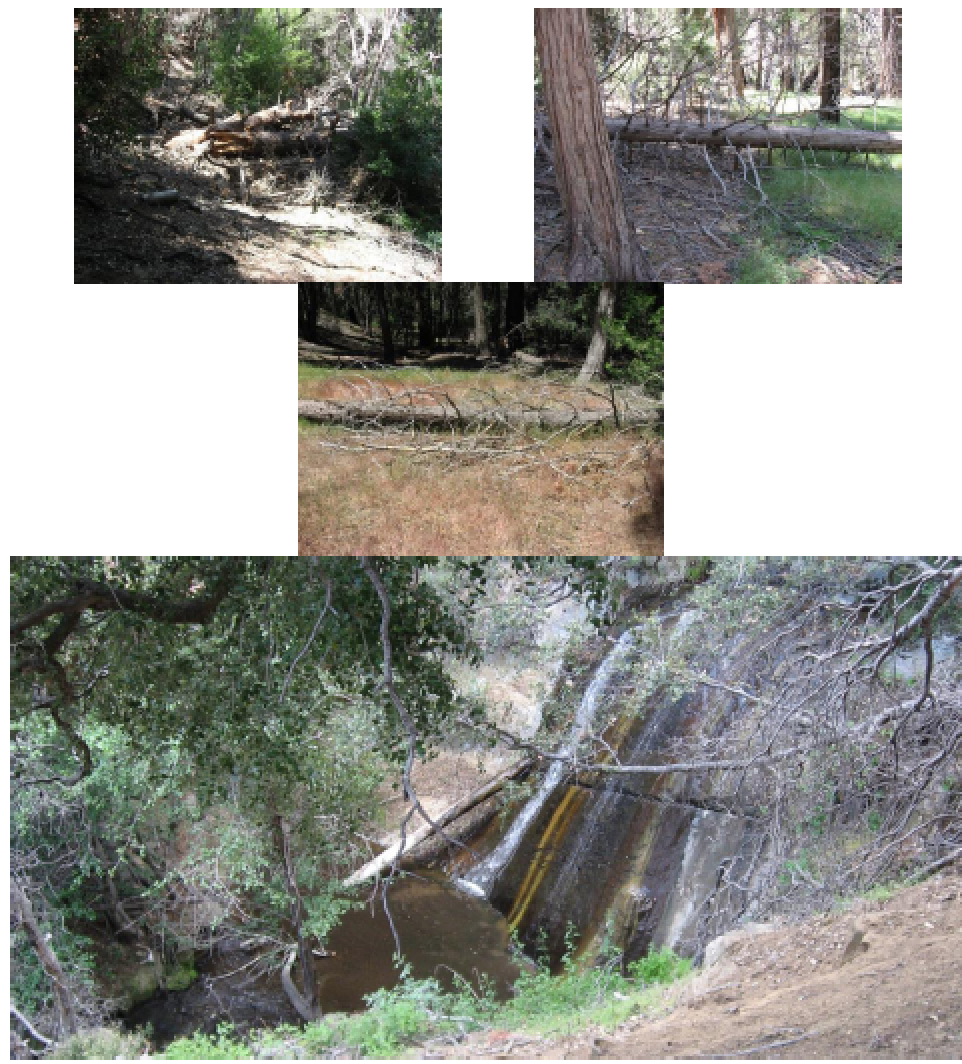
Los Padres Forest Association - 06-07-2015
LKasko - 09-06-2015
LKasko - 09-06-2015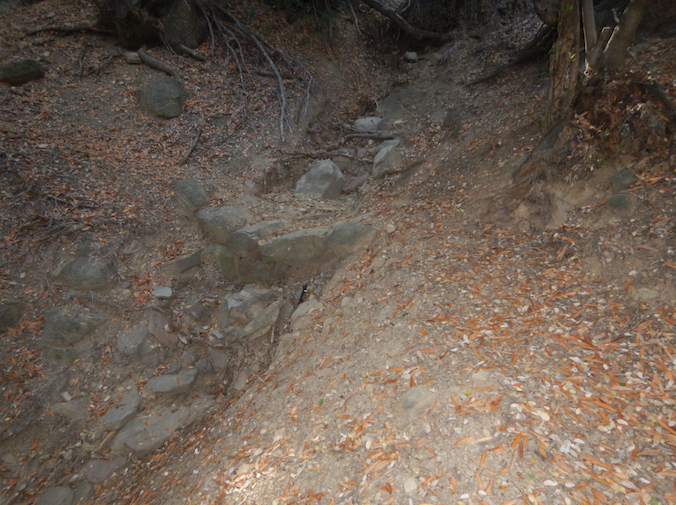
Los Padres Forest Association - 09-25-2015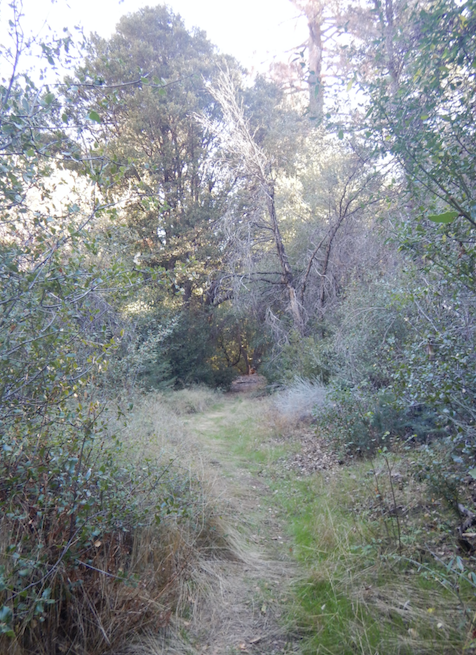
Los Padres Forest Association - 09-25-2015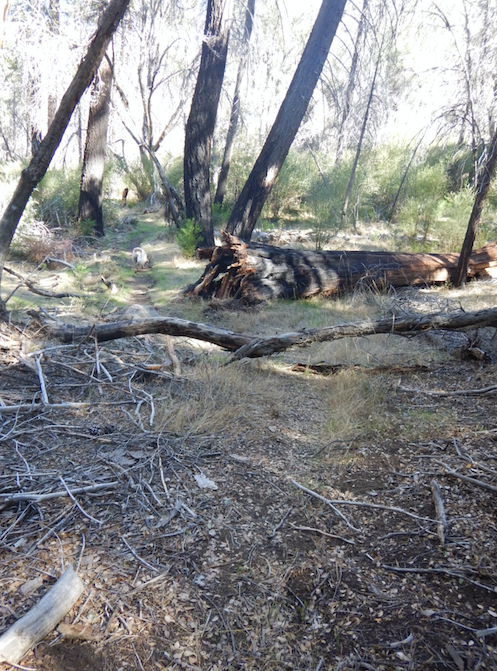
Los Padres Forest Association - 09-25-2015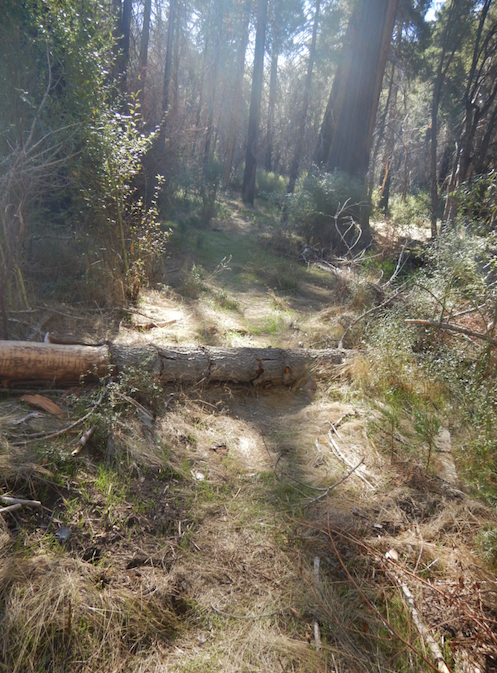
Los Padres Forest Association - 09-25-2015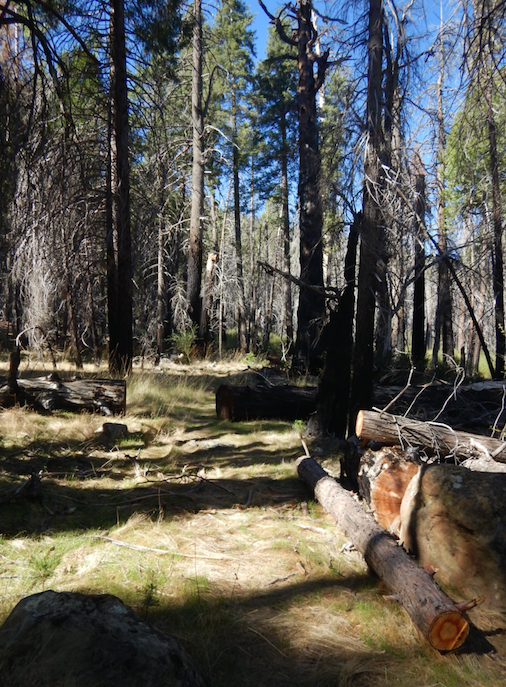
Los Padres Forest Association - 09-25-2015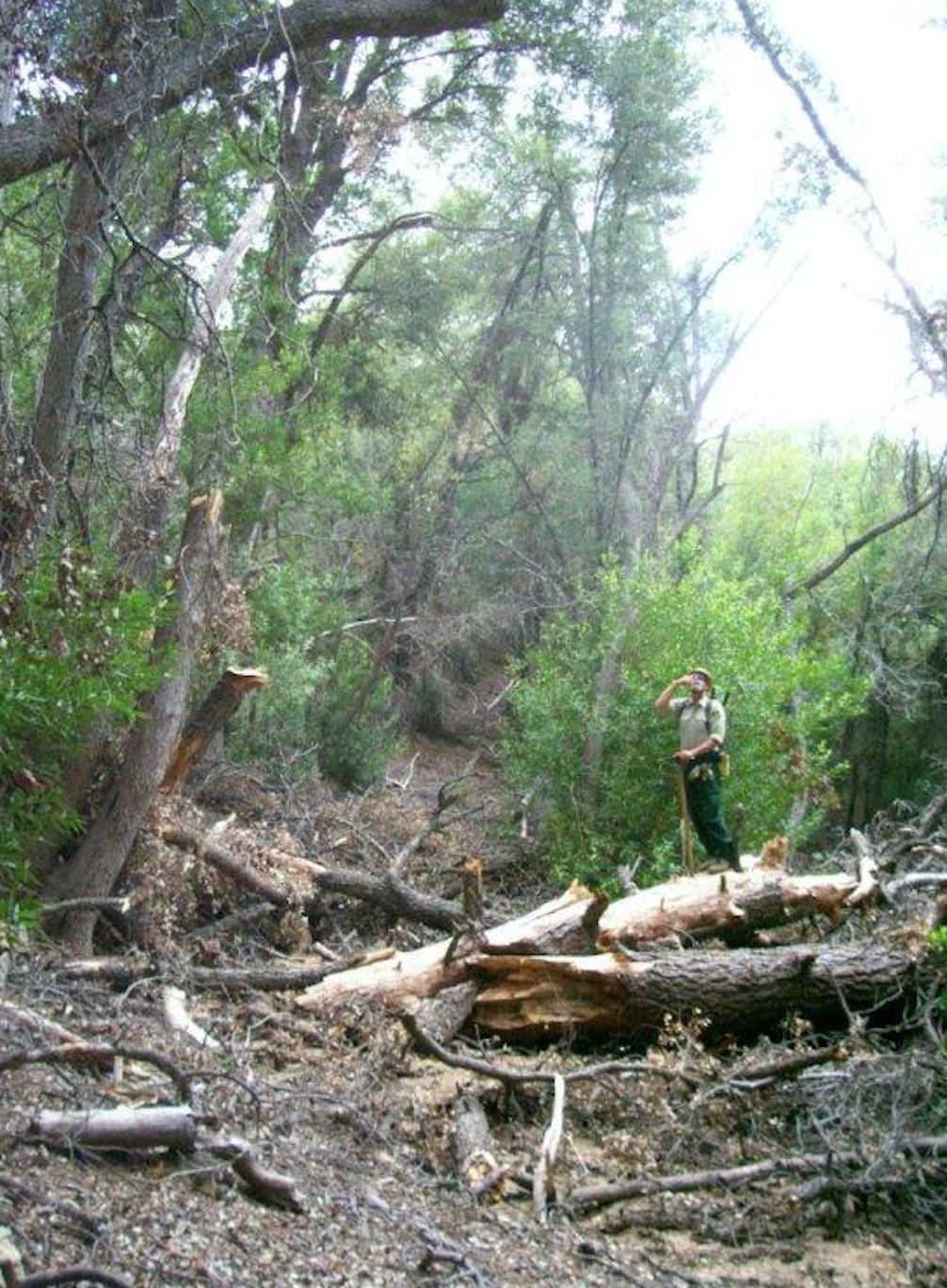
Los Padres Forest Association - 07-12-2015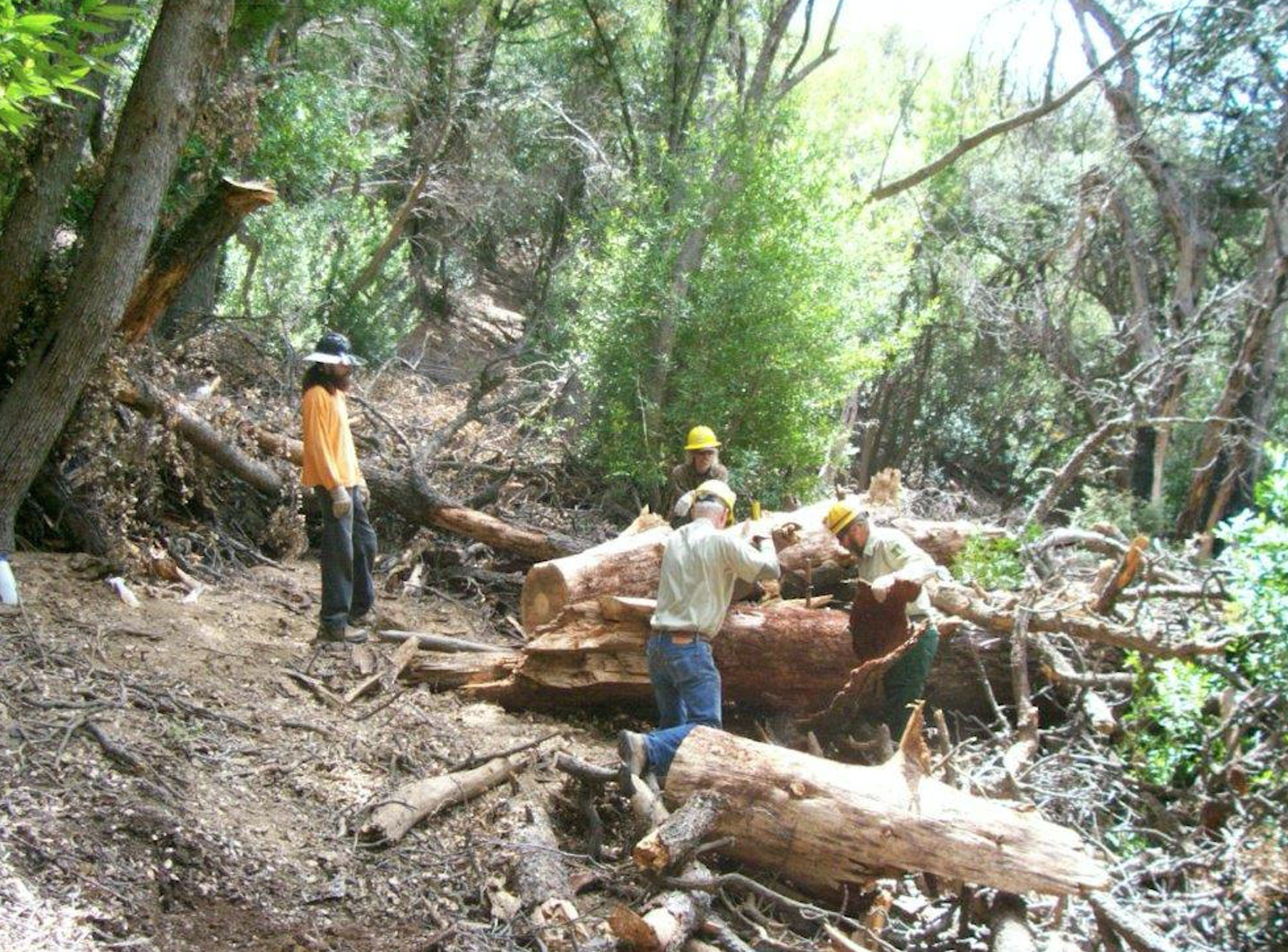
Los Padres Forest Association - 07-12-2015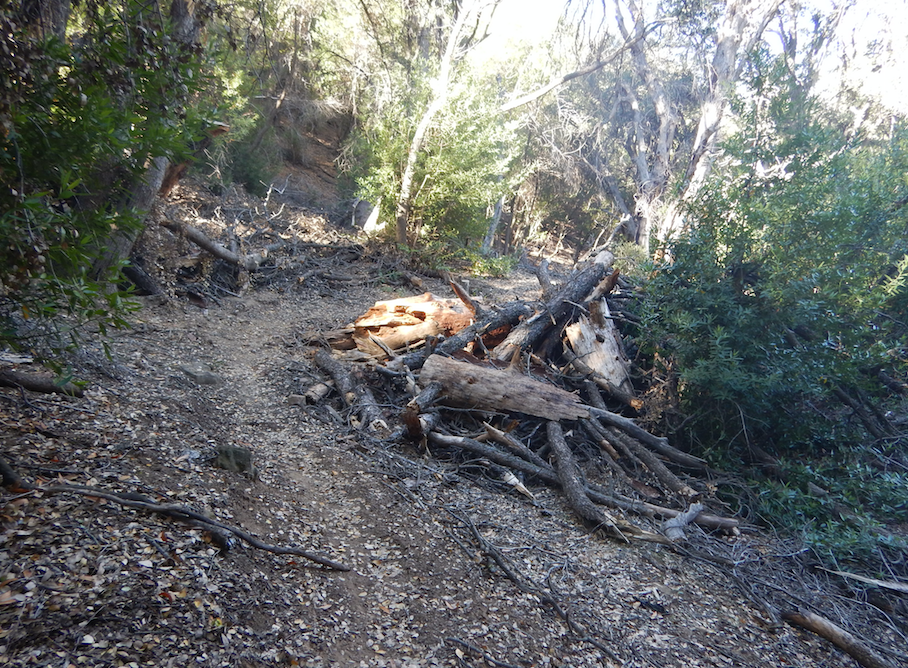
Los Padres Forest Association - 07-12-2015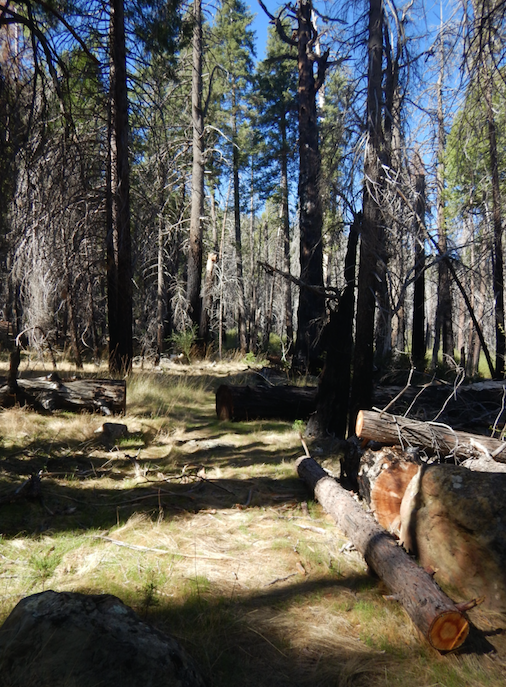
Los Padres Forest Association - 07-12-2015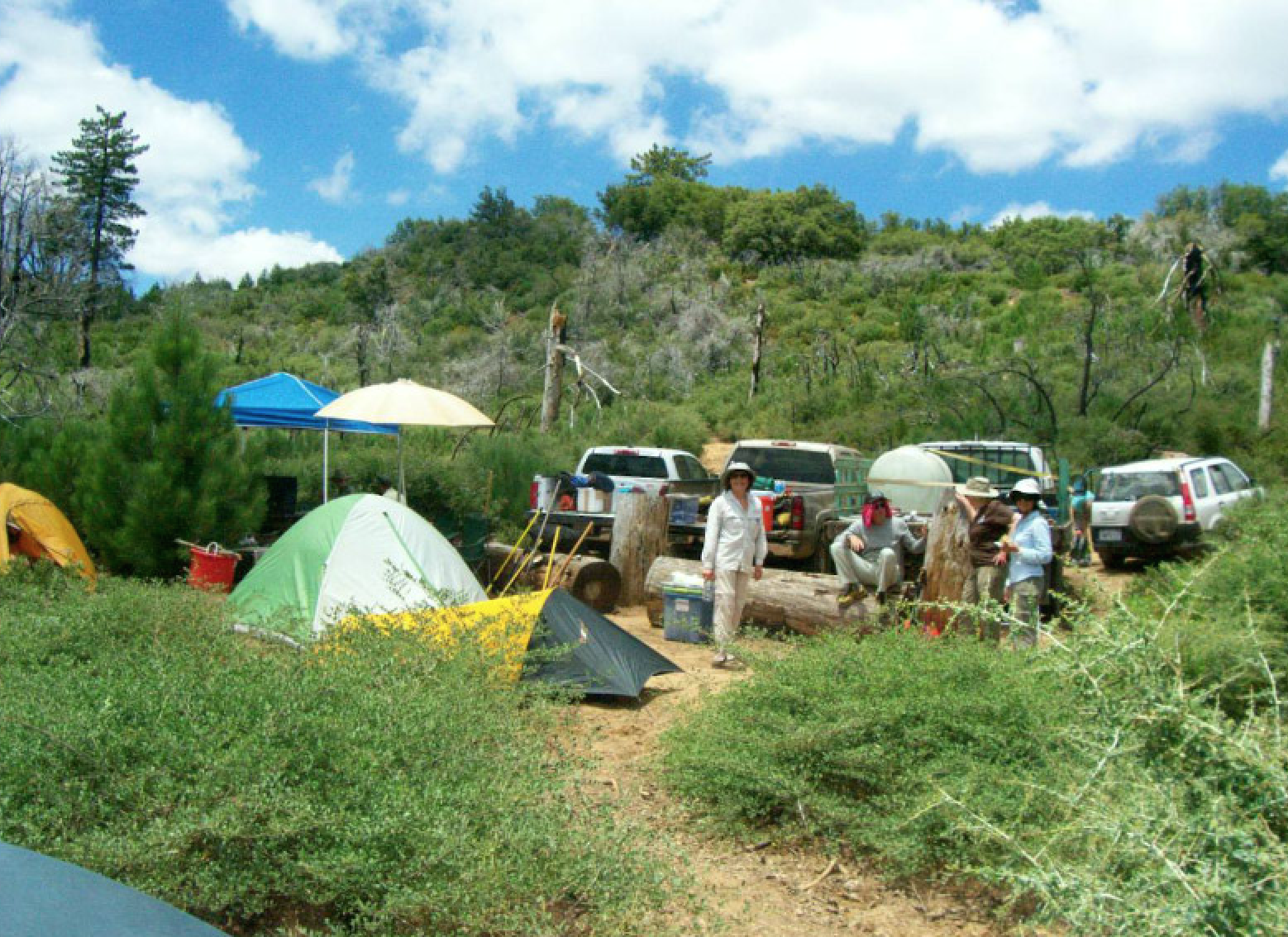
Los Padres Forest Association - 07-12-2015
Sonia Connors - 04-09-2016
Sonia Connors - 04-09-2016
Sonia Connors - 04-09-2016
Sonia Connors - 04-09-2016
Sonia Connors - 04-09-2016
Mike Maki - 04-22-2017
Mike Maki - 04-22-2017
Mike Maki - 04-22-2017
Mike Maki - 04-22-2017
Mike Maki - 04-22-2017
Los Padres Forest Association - 10-15-2018
Los Padres Forest Association - 10-15-2018
Los Padres Forest Association - 10-15-2018
Los Padres Forest Association - 07-05-2019
Los Padres Forest Association - 07-05-2019
Los Padres Forest Association - 07-05-2019
Los Padres Forest Association - 07-05-2019
Los Padres Forest Association - 07-05-2019
Los Padres Forest Association - 08-21-2018
Los Padres Forest Association - 08-21-2018
Los Padres Forest Association - 08-21-2018
Erin Carroll - 04-20-2024
Erin Carroll - 04-20-2024
Erin Carroll - 04-20-2024
Brian D'Amour - 01-01-2025
Brian D'Amour - 01-01-2025
Brian D'Amour - 01-01-2025
Brian D'Amour - 01-01-2025



 Use Marker Groups
Use Marker Groups Sisquoc Trail Upper Survey - 01-01-2025 - by Brian D'Amour
Sisquoc Trail Upper Survey - 01-01-2025 - by Brian D'Amour